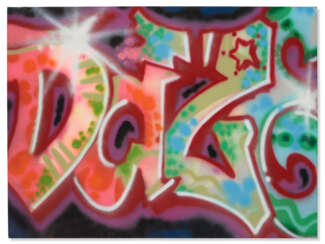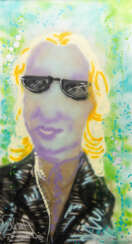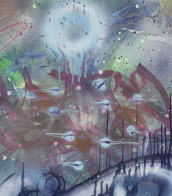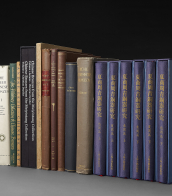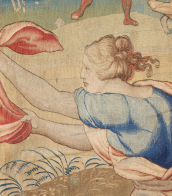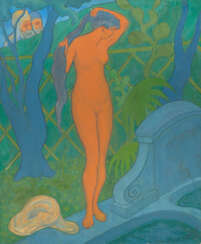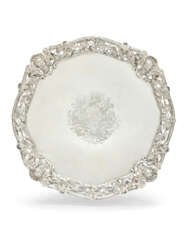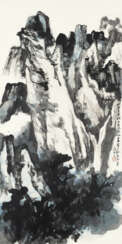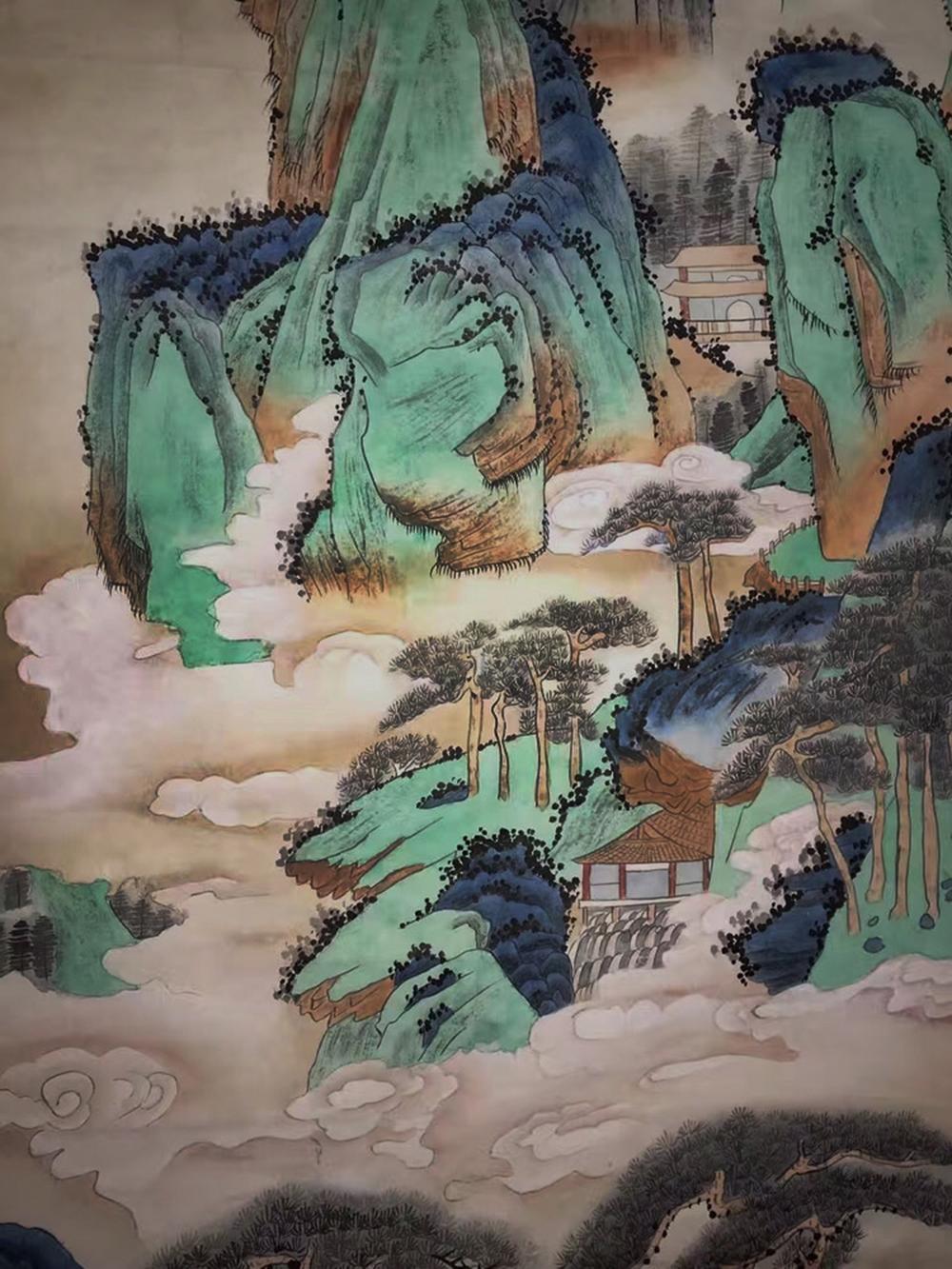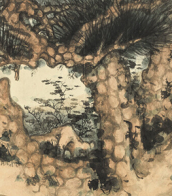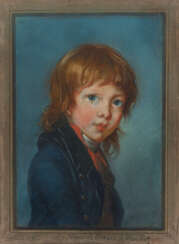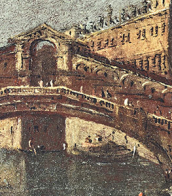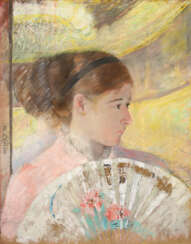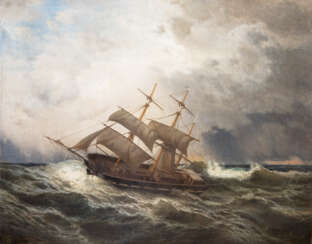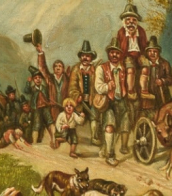chris ellis (1962)
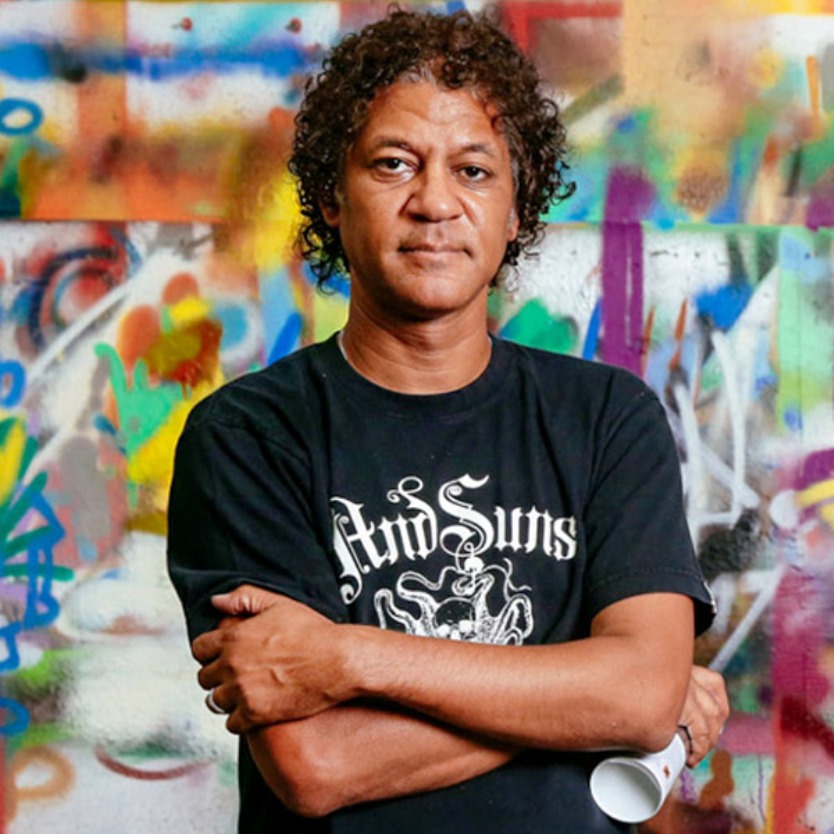
Chris Ellis, better known as Daze, is an American public art artist.
Chris Ellis studied at the High School of Art and Design in New York and in the 1970s began working with aerosol cans, painting subway cars. He remains faithful to this type of work to this day, rising to the design of train stations.
Daze's first solo exhibition was in 1982 at Fashion Moda, a gallery in the Bronx. Since then, his art has been featured in countless galleries and exhibitions. Daze has also realized numerous public art projects around the world over the years.


Chris Ellis, better known as Daze, is an American public art artist.
Chris Ellis studied at the High School of Art and Design in New York and in the 1970s began working with aerosol cans, painting subway cars. He remains faithful to this type of work to this day, rising to the design of train stations.
Daze's first solo exhibition was in 1982 at Fashion Moda, a gallery in the Bronx. Since then, his art has been featured in countless galleries and exhibitions. Daze has also realized numerous public art projects around the world over the years.
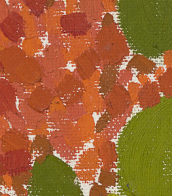

Chris Ellis, better known as Daze, is an American public art artist.
Chris Ellis studied at the High School of Art and Design in New York and in the 1970s began working with aerosol cans, painting subway cars. He remains faithful to this type of work to this day, rising to the design of train stations.
Daze's first solo exhibition was in 1982 at Fashion Moda, a gallery in the Bronx. Since then, his art has been featured in countless galleries and exhibitions. Daze has also realized numerous public art projects around the world over the years.


Chris Ellis, better known as Daze, is an American public art artist.
Chris Ellis studied at the High School of Art and Design in New York and in the 1970s began working with aerosol cans, painting subway cars. He remains faithful to this type of work to this day, rising to the design of train stations.
Daze's first solo exhibition was in 1982 at Fashion Moda, a gallery in the Bronx. Since then, his art has been featured in countless galleries and exhibitions. Daze has also realized numerous public art projects around the world over the years.


Chris Ellis, better known as Daze, is an American public art artist.
Chris Ellis studied at the High School of Art and Design in New York and in the 1970s began working with aerosol cans, painting subway cars. He remains faithful to this type of work to this day, rising to the design of train stations.
Daze's first solo exhibition was in 1982 at Fashion Moda, a gallery in the Bronx. Since then, his art has been featured in countless galleries and exhibitions. Daze has also realized numerous public art projects around the world over the years.
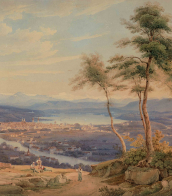
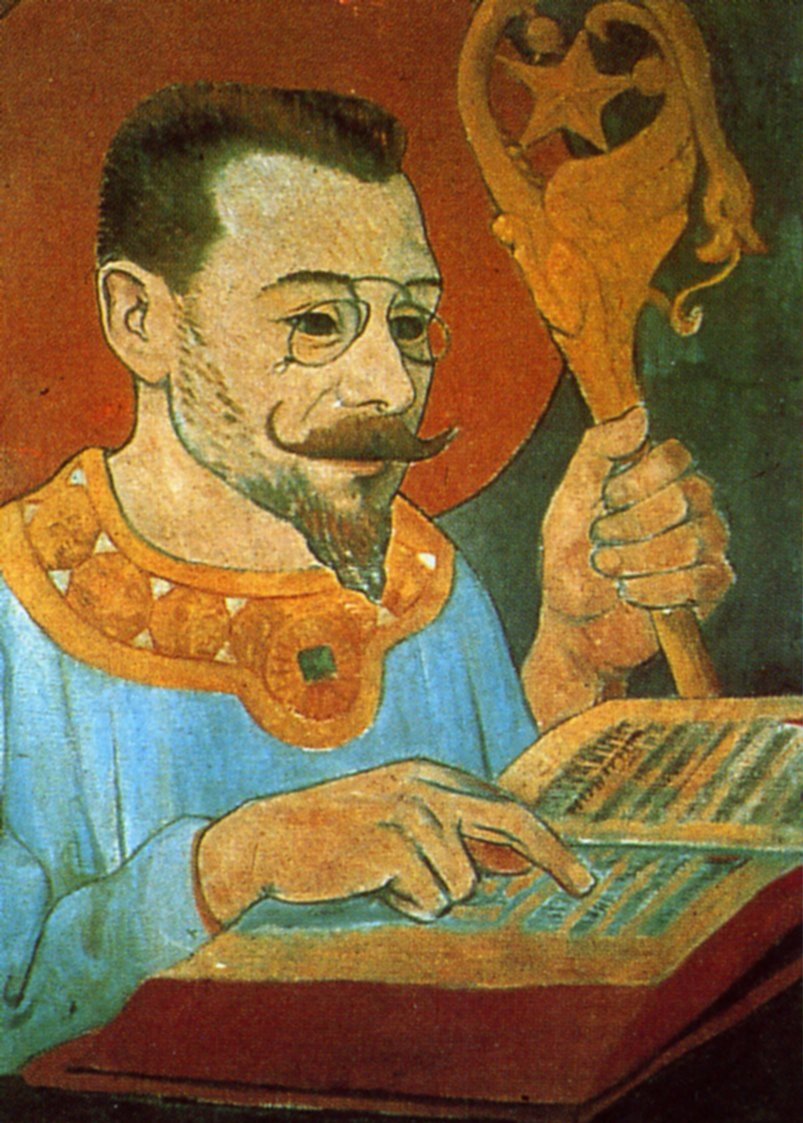
Paul-Élie Ranson, a French painter and writer, emerged as a prominent figure in the late 19th century art scene. Born in Limoges, he was raised by his grandparents and father after his mother's demise during childbirth. Ranson's early artistic inclinations were nurtured with drawing lessons from his grandfather. His educational journey in the arts began at the École des Beaux-Arts Appliqués à l'Industrie and later continued at the Académie Julian in Paris.
Ranson was a pivotal member of "Les Nabis," a group instrumental in transitioning from Impressionism to modern art. Along with notable contemporaries like Paul Sérusier, Pierre Bonnard, and Maurice Denis, he helped establish an art movement that blended elements of Symbolism, Art Nouveau, and Japanese prints. Ranson's role extended beyond painting; he was actively involved in the Symbolist performances at the Théâtre d'Art and directed a notable performance of "Ubu Roi" by Alfred Jarry.
Ranson's artistic oeuvre is marked by a fascination with Theosophy, magic, and occultism, themes that increasingly influenced his work. His paintings often delved into mythology, witchcraft, and anti-clerical subjects. Some of his notable works include "Christ and Buddha" (1880), "Witches Around the Fire" (1891), and "The Blue Room" (circa 1900). These works exemplify his unique blend of thematic and stylistic elements, setting him apart from his contemporaries.
Tragically, Ranson's life was cut short by typhoid fever in 1909. However, his legacy continued through the Académie Ranson, founded by his friends in Les Nabis. This institution, managed initially by Ranson and later by his wife Marie, remained active until 1955, perpetuating his influence on future generations of artists.
For art collectors and experts, Ranson's work offers a unique window into the transitionary period of late 19th-century art, showcasing the interplay of traditional and emerging styles. His contributions to the Symbolist and Nabi movements are particularly noteworthy.
To stay updated on new product sales and auction events related to Paul-Élie Ranson, sign up for our updates. This subscription service is tailored to keep art aficionados informed about the latest developments and opportunities related to Ranson's art.

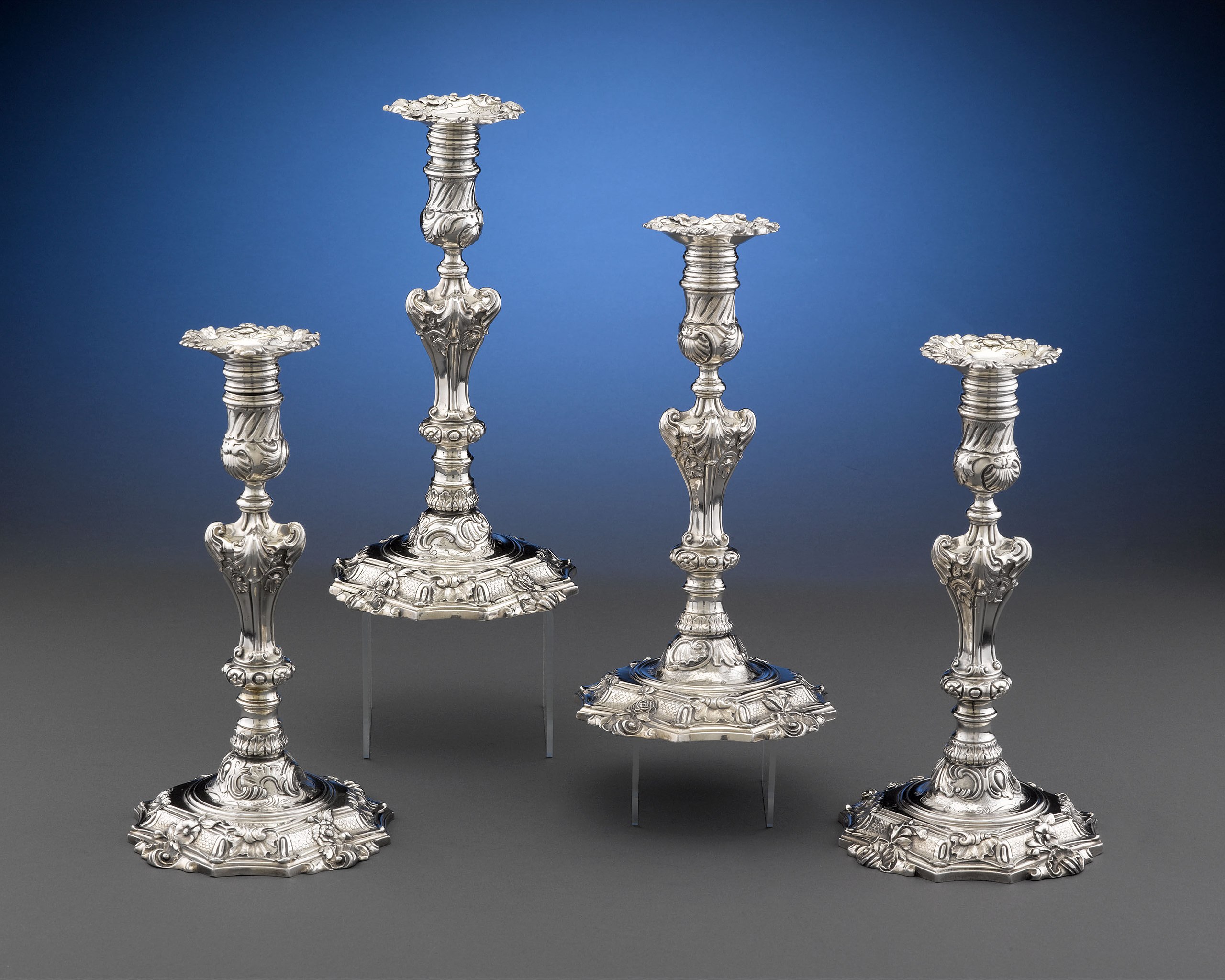
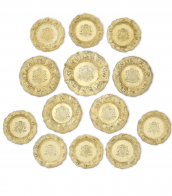

Paul Cézanne, a French Post-Impressionist painter, was pivotal in shaping the transition from 19th-century art to a new, revolutionary approach in the 20th century. His unique and exploratory brushstrokes, utilizing planes of color to form complex fields, made his work instantly recognizable and influential in the development of Cubism.
Cézanne’s early works, influenced by Romanticism and Realism, evolved into a groundbreaking artistic language. He challenged traditional perspective and academic art rules, focusing on objects' structural aspects and art's formal qualities. This approach led to a renewed emphasis on impressionistic color space and modulation principles.
His most notable works, like “Mont Sainte-Victoire,” “The Card Players,” and “The Bathers,” display his mastery in creating depth and dimension through color gradations. These paintings, initially met with skepticism, eventually cemented Cézanne’s reputation as a pioneering artist. His exhibitions, particularly the one-man show by dealer Ambroise Vollard in 1895, played a critical role in his recognition.
Cézanne’s impact on art history is profound, with greats like Henri Matisse and Pablo Picasso acknowledging him as a significant influence. His exploration of geometric forms and innovative use of light and color laid the groundwork for subsequent movements, particularly Cubism.
For collectors and art experts, Cézanne's works are more than just paintings; they are pivotal chapters in the narrative of modern art. His creations, bridging Impressionism and Cubism, continue to inspire and challenge contemporary artists.
To stay updated on new product sales and auction events related to Paul Cézanne, sign up for our updates. This subscription ensures you remain informed about the latest developments in the world of this revolutionary artist.

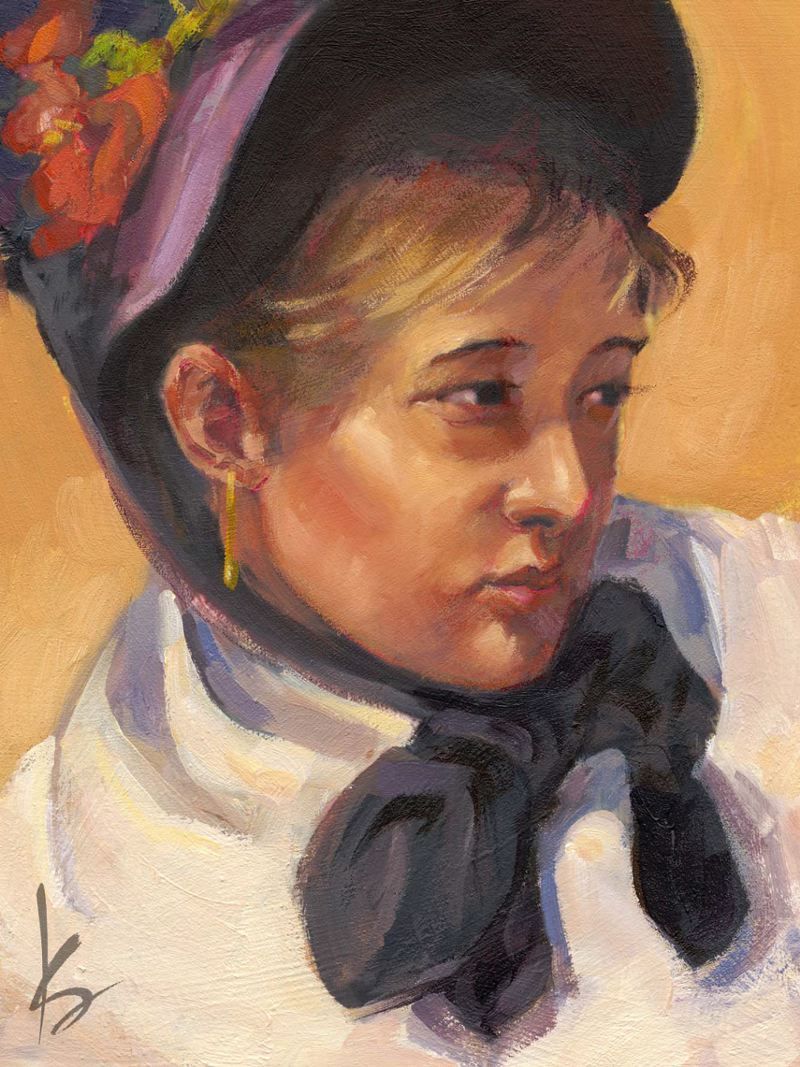
Mary Stevenson Cassatt was an influential American painter and printmaker known for her pivotal role in the Impressionist movement. Born on May 22, 1844, in Allegheny City, Pennsylvania, Cassatt spent much of her adult life in France, where she formed a significant professional relationship with Edgar Degas and exhibited with other Impressionists. Despite her family's initial reluctance, Cassatt pursued art from a young age, attending the Pennsylvania Academy of the Fine Arts at fifteen and later moving to Paris to continue her education under private tutors, including the renowned Jean-Léon Gérôme.
Cassatt's art mainly focused on women and children, encapsulating intimate moments with a profound sense of dignity and depth. Her works, such as "The Boating Party" and "Mother and Child," showcase her skill in portraying the nuanced interactions of everyday life. Cassatt's technique evolved from the light brushstrokes of early Impressionism to a more structured form, emphasizing solid figures and clear contours.
A prominent figure not just in art but also in art advocacy, Cassatt was instrumental in advising American collectors, including the Havemeyers, which helped enrich public and private American art collections significantly. Despite challenges related to her gender and later, her failing eyesight, Cassatt's contributions to art remain influential, reflecting her unique perspective and unyielding dedication to Impressionism.
For updates on exhibitions and sales related to Mary Stevenson Cassatt's works, consider signing up for our newsletter. This subscription will keep you informed about the latest auction events and product sales directly linked to Cassatt's enduring legacy.







